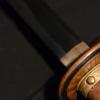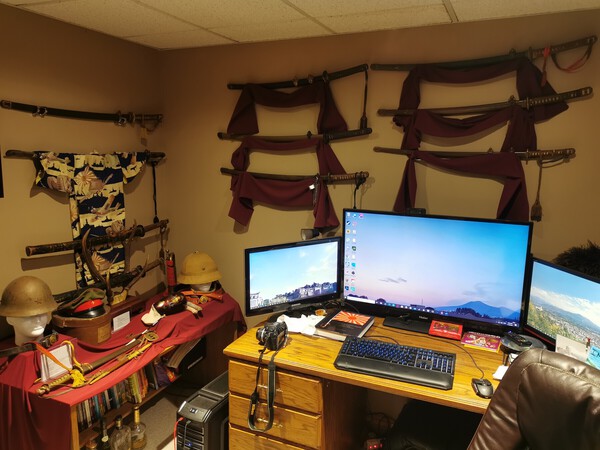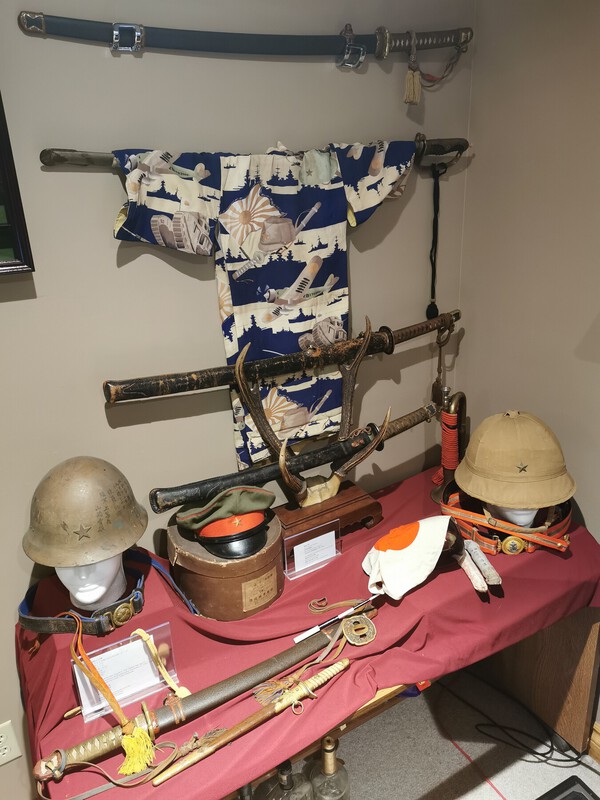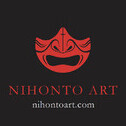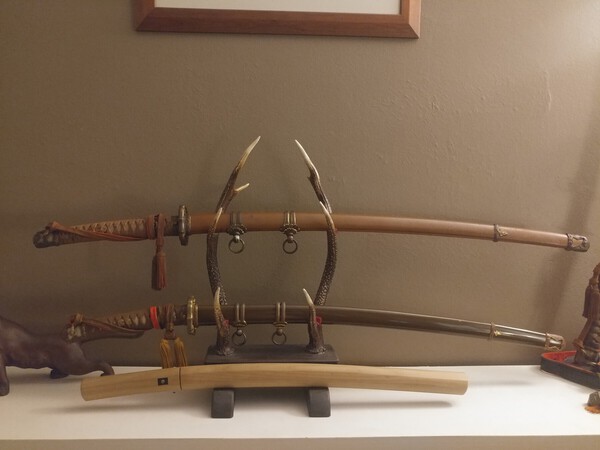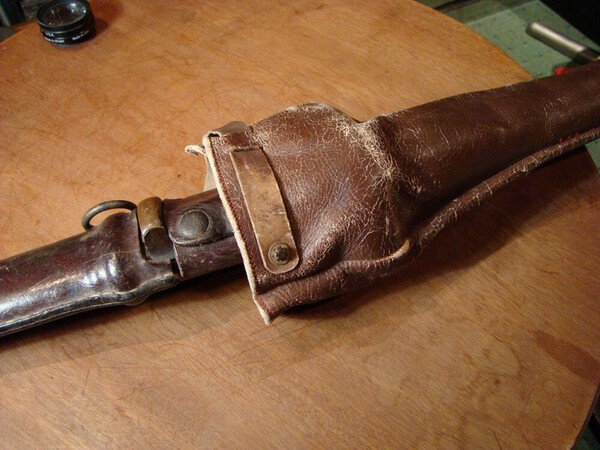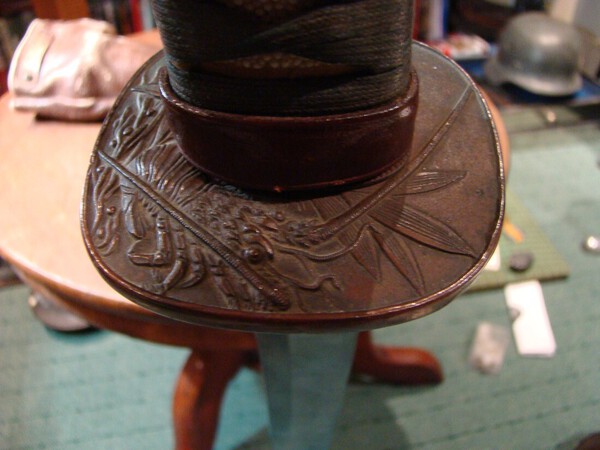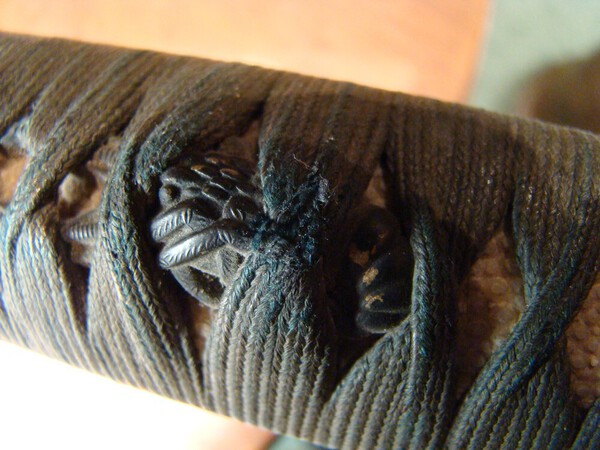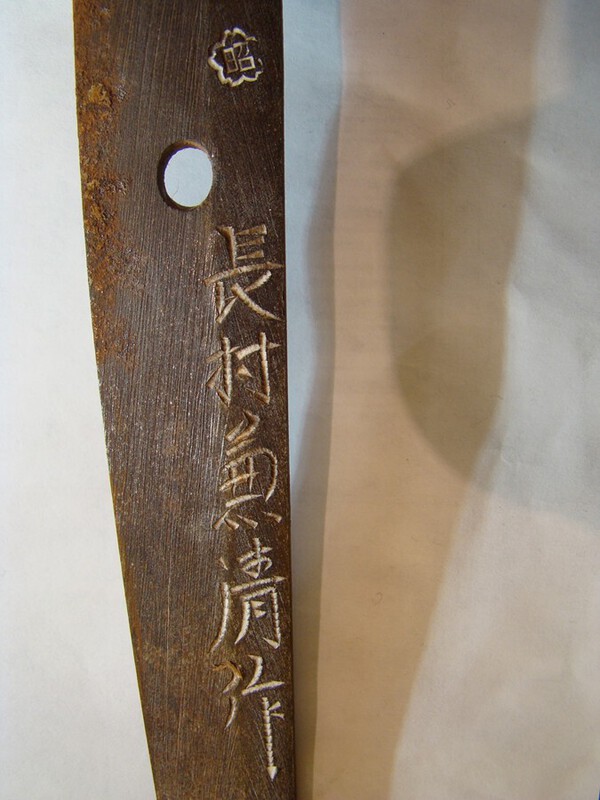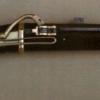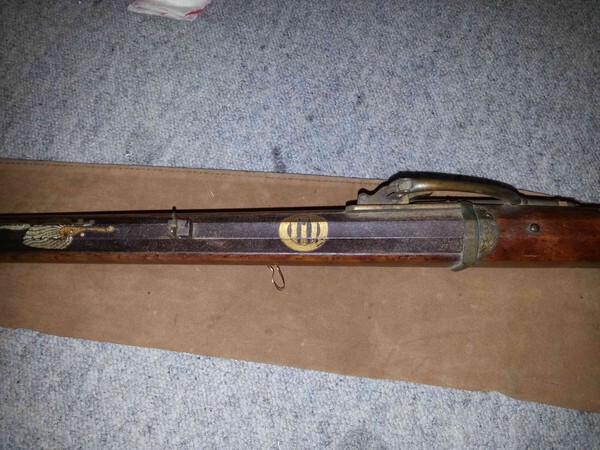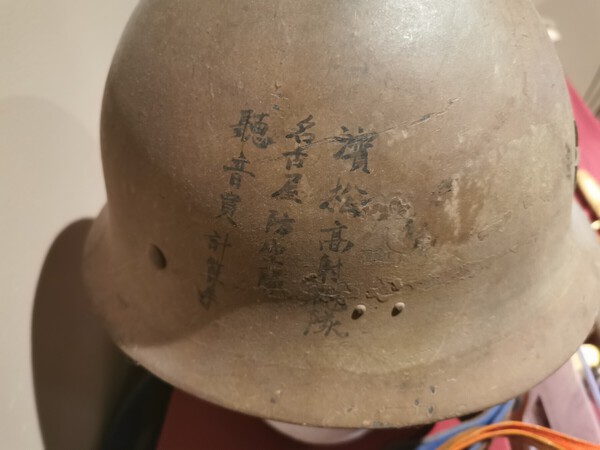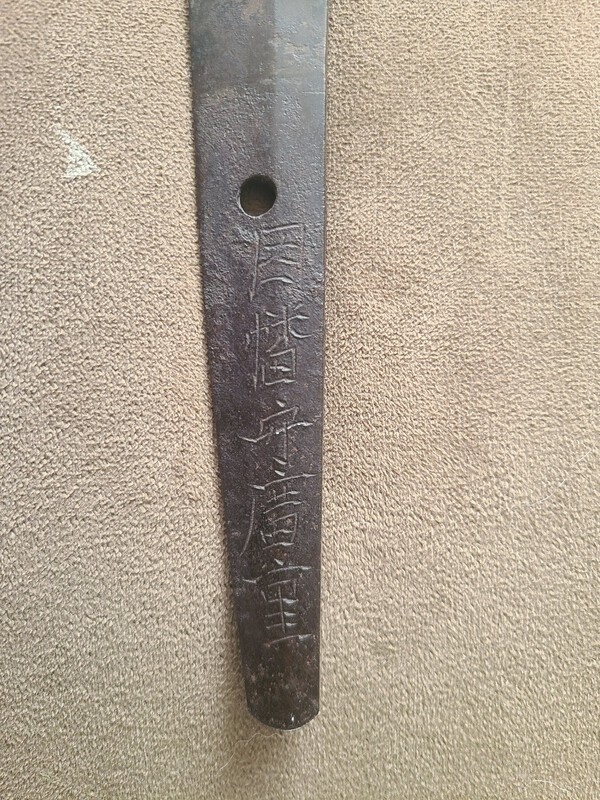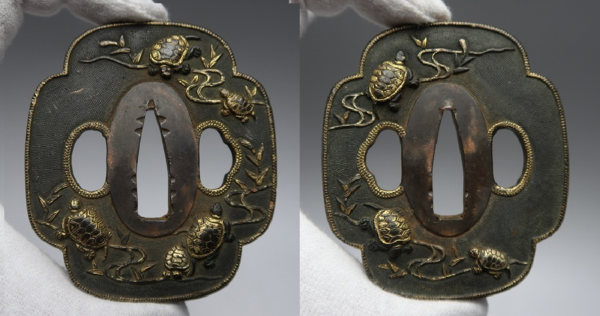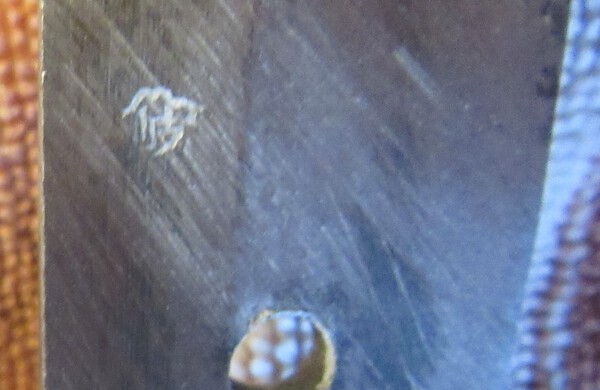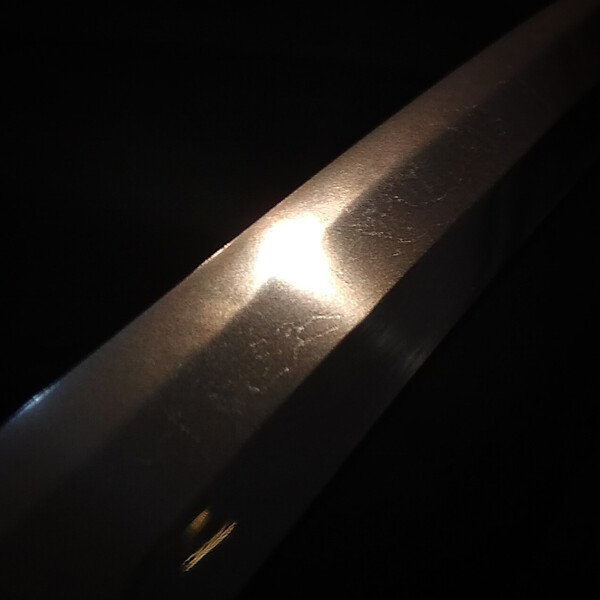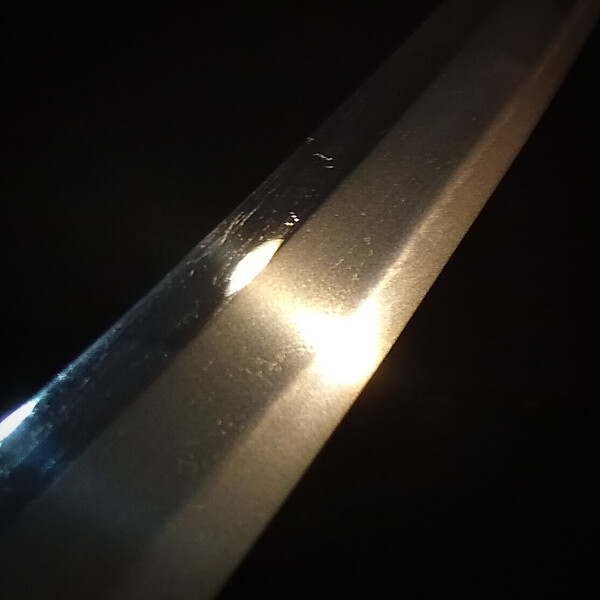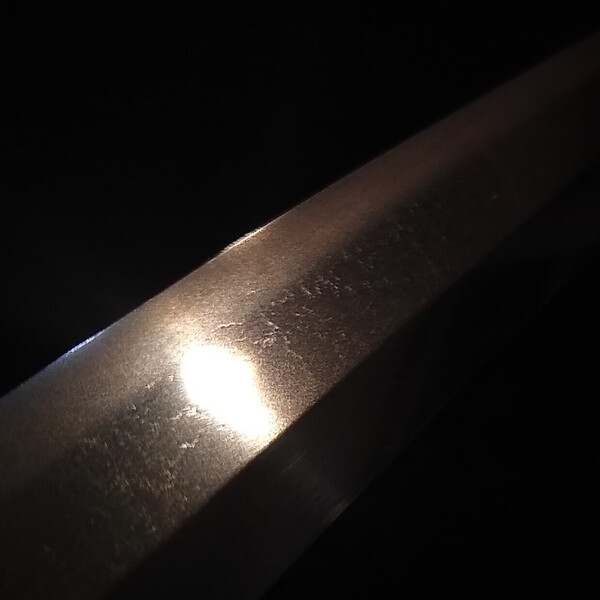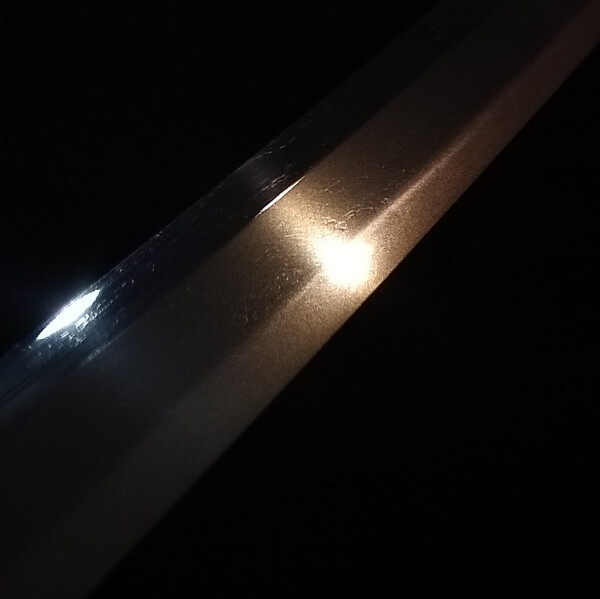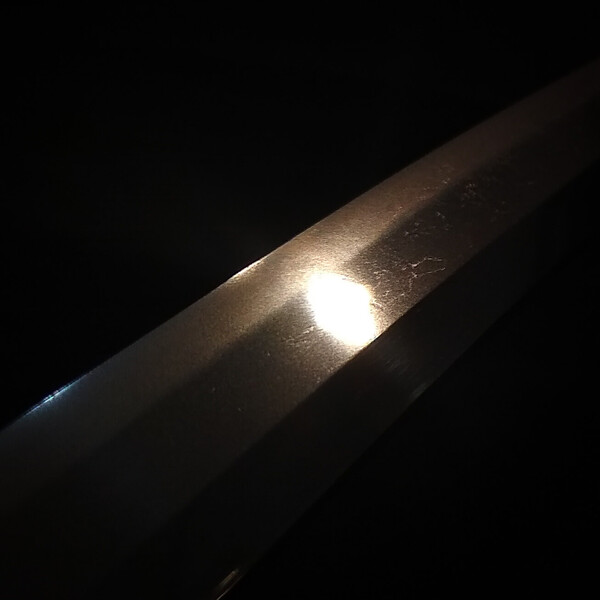Leaderboard
Popular Content
Showing content with the highest reputation on 01/20/2021 in all areas
-
6 points
-
Greetings from Montreal Canada, most of you know me here from posting over the years and for those of you who don't here it goes; Welcome to Nihonto Art. Although we live for all aspects of the art of the Samurai, the word Nihonto itself means "Japanese sword" (as you all know by now), which is our specialty. Founder Nick Ricupero has fostered this lifelong passion as both a collector and dealer. His high regard for such a timeless art means that each piece is hand picked and carefully selected. We make an effort to search out the most interesting and unique items we can find and as a result have a very diverse inventory spanning the past eight centuries. He uses his personal taste as a means to choose items and all of our artifacts are directly sourced from Japan. Come and check in with us from time to time to see what antique Japanese swords for sale have been recently added, if there is a particular item that you would like to acquire and does not appear on Nihonto Art please let us know and we will seek it out for you. "I truly believe I have the best job in the world, connecting collectors with these pieces brings me great joy and to be a part of finding a caring home for each item we sell is extremely fulfilling." Thank you in advance to all who take the time to check me out. Warmest regards, Nick Ricupero www.nihontoart.com www.nihontoart.ca www.facebook.com/nihonto.art/.3 points
-
3 points
-
2 points
-
Regarding the good same, the hilts of these cheaper swords often re-use parts and pieces, which can have been quite high class once upon a time in the past. This one from my collection is a classic. High class same, spiral Ito, but not katatamaki, the kashira is an old kabutogane from a handachi and the menuki is part of a tobacco pouch clasp.2 points
-
Last Samurai , Avatar - all Dances with wolves rip offs. Kicking-Bird looked good in her wedding outfit you would have to agree? George, glad you didn't mention 'Wind in his trousers' a real stinker.2 points
-
Robert there are about 810 or there about, unfortunately more than one third of the Museums collection are not available because of copyright - and those of course are some of the better examples. I would have had some thinner books if Bashford Dean had not been such a collector of what he hoped were Kaneie guards. He must have thought if you get enough you will get a good one eventually. No not bothered by any criticism I know the books are not perfect - I will take criticism more seriously from other authors though, they at least know how much work it takes. I am as guilty as anyone of picking works to pieces, that's very easy compared to doing the work. I have a critique by someone on the works of Helen C. Gunsaulus who wrote Japanese SWORD-MOUNTS IN THE COLLECTIONS OF FIELD MUSEUM. 1923 "Late in the seventies of last century [19th C] the Japanese sword became by official ban a virtual drug in the market of its native country and during the next two or three decades was exported wholesale to the West, together with huge quantities of the detachable metal mounts provided for the constructive strengthening and decoration of the blade itself and of its scabbard. These were bought up with avidity by a world eager for the art products of a hitherto almost unknown country, but it is safe to say that in the West (and even in Japan itself) serious research in the wide and difficult field of study afforded by the decorative furniture of the Japanese sword began only in the first decade of the present century. The appearance of the catalogues raisonnes of the Jacoby and Mosle collections, of Hara's annotated list of sword-furniture makers (the collector's Bible, to use a hackneyed phrase), and of the tentative excursions into the subject by Brinkley, de Tressan and a few others, was followed from 1911 onwards by a series of illuminating articles, the result of far-reaching research, enshrined in the Hawkshaw, Naunton, and “ Red Cross " catalogues and other works by the late H. L. Joly, through whose premature death in 1920 the world is still waiting for a comprehensive magnum opus that shall be the last word on the subject in hand. Miss Gunsaulus, who " has devoted more than two years to a thorough study of the entire subject," now valiantly steps into the breach with a handbook based on the collection given to Field Museum by her father, the late Dr. Frank W. Gunsaulus. In the preface Dr. Berthold Laufer confidently anticipates that " this volume, by its compact and critical presentation of the material at hand and the addition of novel information in respect to the metal craftsmen, will prove of interest and make an appeal to the students of Japan, as well as the ethnologists and folklorists in general.” And with this we may heartily and in general terms agree. But as one who has studied the subject for over fifteen years — and realizes how much there is yet to learn — the writer may perhaps be permitted to append a few criticisms in regard to details. In the first place, of the two-hundred-odd examples included in the plates, some one hundred and thirty, it is fairly obvious, are given on a much reduced scale — a serious fault, especially when combined with unequal photography, a tendency to bad lighting, and a somewhat woolly quality of printing. Next, it is clear that the author realizes the necessity, in such a work, of accuracy and uniformity in the spelling of foreign words and names, and has made a conscientious effort in that direction, an effort that has, alas ! to a very considerable extent, failed of fruition. For example, the important index of signatures, twenty pages long, contains some fifty mis-spellings, many of them elementary and obvious, but none the less annoying. Lack of space prevents more than a bare recital, in resume, of a string of inaccurate and misleading statements on pages 33-4 regarding constructive details of the sword. The absurdity of most of them will be patent to the tiro and they require but little comment ; (а) The tsuba (guard) is declared to be “ securely fastened ” to the tang of the blade by means of the fuchi (ferrule) ! (b) The two menuki are said to come ** immediately below " the kashira and to “ cover the mekugi (rivets)." (Notice the plural.) (c) Sometimes “ other menuki," it is stated, decorate the scabbard, and, if of some size, are called kanamono, in common with the metal ornaments of pouches. This term, literally " hardware " (sic), is accused of being misleading for objects of a purely artistic nature and quality. (Observe how the question is begged by the mistranslation.) (d) The habaki, says our author, fits into the tang-hole of the guard ! (e) The udenuki holes on guards are alluded to as if always found with the (purely conjectural) sword-knot. In short, it would seem as if Miss Gunsaulus has restricted her study entirely to detached mounts and to imperfectly understood written descriptions of the swords as fully fitted. Finally, on page 35 it is implied that " the alloy par excellence ” used in making sword-furniture is karakane (practically bronze), which in actual fact is very rarely found in extant specimens. To Mr. Koop's review I will add a note on Miss Gunsaulus's interpretation (p. 19) of the poem ; Honohono to Akashi no ura no Asa-giri ni Shima-gakure-yuku Fune wo shi zo omou. I am thinking of a boat That dimly, dimly In the morning mist Of the shore of Akashi Goes island-hid. Miss Gunsaulus says : ** B. Chamberlain and A. Waley have each interpreted the poem, translating the word shima-gakure ' island-hid.’ It is an old expression meaning ‘ things hidden in the distance of the sea,’ and not necessarily denoting any island.’’ This explanation is based on the Kokinshu Tokagami of Moto-ori (1730-1801) and is not accepted in most modern editions of the Kokinshu. Neither Moto-ori nor Miss Gunsaulus quote any other passage in which shima-gakure has this meaning. The difficulty is that there are no islands off the shore of Akashi. May not an earthquake have removed them ? A.D.W." A lot to read sorry, but what that all boils down to is - out of a whole book only five points were found to be wrong. Never seen any publications by the critics though. I am not having a shot just trying to show its not all that easy to organize a book, these days it is even harder if you are trying to get books out for as cheaply as possible - the middlemen make it very hard!2 points
-
I will be using this post to share some recent photos. In general these will not be swords that I am offering for sale, but instead will be coming from my collection and those of other collectors who have given approval to share the photos. I have also recently started photographing swords and fittings for auction houses, and some images may come from that source as well.1 point
-
1 point
-
When I started collecting Gunto, I had a corner of my room dedicated to WW2 Japanese swords, with a back drop of a soldiers signed personal flag, and a going to war banner. These banners celebrated a family or communities pride in sending a loved one off to war. They look great as a wall decoration behind your swords. Beautiful calligraphy on silk. Any one interested can find them in the for sale section.1 point
-
Don't want to duplicate a thread, but I thought I'd let guys know (that may not prowl all the forums) about the STAMPED NUMBERS ON HABAKI thread on the "Tosogu" forum. It's an old thread I've resurrected. Since it was already on Tosogu, I left it there, rather than asking to transfer it to Military. I'm open to suggestion on that, as I doubt there are stamped numbers on civil habaki.1 point
-
1 point
-
Good day to everyone, I am looking for information on this matchlock. I think it is a Sendai gun but that is about all I know. It is rather simple and probably later on decorated for the tourists. They also added more "sofisticated" sights but these can be removed without damage. All infomation is welcome of course.1 point
-
1 point
-
No, every sword is at best what you get in the market if you have to sell it again! @Kirill: a sword that originally cost 70K, and later increased in sales value, must have had a certain quality and level. People who spend that money on a blade like this should know what they are doing. Collectors who are currently bidding up for the Muramasa from 1.45 million yen to 2.0 million yen at Aoi must also know what they are doing. Even if I cannot understand that, because a name and not quality is offered here. But if someone pays 15K for an unsigned, suriage Shinto Takada, I'm convinced they don't know what they did. And that's what this scene suffers from. How many times have I seen someone proudly present a sword for which they paid insane money. And then you don't know how to gently teach him that he was basically betrayed. That the sword is nowhere near the market value. And then there is bad blood, hardened fronts and certain people to be avoided ...1 point
-
1 point
-
Mark, I assume you've gotten the smith name already, but just in case, I make it to be: 兼清 (Kanekiyo) Also - no date on the other side? If not, it is most likely 1940-41, though could be earlier or later, but the massive majority of Showa stamped blades are '40-'41. To call it a shingunto would be appropriate. It simply means "New Gunto" (gunto - army sword). By the showa stamp, we know it's "New" and by the leather cover, we know it was brought, or sold, or donated to the army for the war. So, it was a new, army sword! B.E.A.Utiful blade, by the way!1 point
-
Sold for ¥ 101,000 High price for a modern replica! Yas- you can find this replica 'Wanted Man' - I don't think he is as good though! https://www.jauce.com/auction/n4888091581 point
-
And he is not the only one ! If there are buyers who pay for it ...........he did everything right. 👏1 point
-
1 point
-
Actually #110 is the one I like the most, but we will see how this auction goes. I won't post the auction site, and due to covid restrictions, the auction will be done primarily by Zoom, as it's quite difficult to get to the auction house in person. Anyway, i hope there are not so many tsuba collectors participating, so I could get good prices $$. Thanks for the information about #106, it seems like its a no-go!1 point
-
George! Thank you for help this curiosity stricken collector. I got "Wise-Bear" and thought there was no way I had that correct. Good to know he, Kicking-Bird, and Wind-in-His-Hair weren't sitting around the camp fire making tsuba while laughing about John Dumb-Bear (Dunbar).1 point
-
If he even actually sold it for the prices. What I find hard to believe. But whether or not, I would be more than embarrassed. He didn't even bother to remove the spelling mistakes from Tsuruta's text. And that he has the copy right of Tsuruta, I don't believe that either.1 point
-
Not only that...but he tends to show up here too, from time to time1 point
-
Hey Curran, you are correct, item 106 is 知熊 Chikuma or Tomokuma. Neither are listed in Haynes and frankly, it looks like a BS name to me... Translates to "Knowing Bears" - what is he, a Native American??? Very poorly cut mei, so I'm leaning towards BS....1 point
-
well i got the sword it was in a fight a big one most likely the rebellion the saya was cut into the blade has a cut into the spine edge to edge hits it has been through alot as someone Mentioned they used there swords until it was done thats the case with mine it has been used to it's limit it does have a bend near the tip but cool piece of history i got it is poorly made it does have slag Inclusions and a blister and the cuts of course1 point
-
1 point
-
Hi Ignacio - you have stumbled on some pretty good examples - wish I had done that as a beginner! I personally like 110, I collect what attracts me, value and cost should not come into it unless you are a dealer. You could have the most expensive guard around and still hate the look of it. Go with your heart you will enjoy it more. You asked Curran what he would get and he gave a good answer. You could ask a hundred members what they like or would bid on and get a different answer each time. Welcome to NMB and have fun, it is a great hobby. As for prices on each that is very hard to judge, but there are no obvious duds in that group. [I would say it is getting to be good practice to show what you might bid on, here on NMB, if you are unsure, because there are many fakes that should be steered away from.]1 point
-
1 point
-
No no lad. --I've already given up a lot just to help a new one. Translating and finding them in the books then confirming signatures can be a fair bit of work. When I said, "To me #106 and #108 are interesting, but 105, 113, 114 might be worth more" I was being generously honest. Without doing the research, I would pick #106 and #108, but I might find one of the others more valuable-- if I did the work. Having been at it a long time now, those two are the ones that interest me the most in terms of materials and design. Those are the ones that I personally would pick up. I have no idea what #108 is signed, nor will I try to translate it. I found #106 odd enough that I tried to do the work on that one. It looks Kaga to me, but Kaga like that are not signed.... so I became curious what the heck it could be. The second character is more commonly found on later Higo pieces. Very curious. Unfortunately the signature yielded no more information to me. I really don't want to view it from the money angle. That is work. This is play.1 point
-
1 point
-
Hi Tom, Are you still looking for that blade? Andrew Ickeringill is in Oz so taking care of the scratches won’t require too much effort should you wish to.1 point
-
1 point
-
1 point
-
Here we have a kimono merchant and assistant helping a lady with her purchase. Meiji period, and they wear wakizashi as they serve on their shop, why, because they are handling money and goods of serious value. Probably fairly nice pieces as well given the value of what they sell. (As second hand kimono dealers, they might have picked up a bargain). The other reason for a Chonin to have a sword is when travelling on the road, there are bandits out there. In this case probably a cheaper piece.... and it might even be rented....1 point
-
That is what i think too JP. These Satsuma rebels were highly ranked Samurai. Yes they had auxiliary troops too (maybe some peons). But i think they where equiped with simple arsenal swords if they had no weapons. Micah i personally would say it is the sword of a poor samurai.1 point
-
1 point
-
1 point
-
For a nice Japanese military display, there is nothing nicer than to have a collection of WW2 Japanese medals with the display. Japanese medals are arguably some of the most ornate and beautiful ever made, most of pure silver. Particularly if they are in their original presentation boxes, some have original papers. I have spent years finding the best examples, of campaigns, celebrating the Emperor, killed in action, wounded in action etc etc. When I have worked out a value, they will be in the for sale section. And free gifts with purchase thrown in as well.1 point


